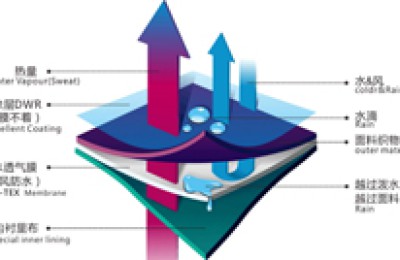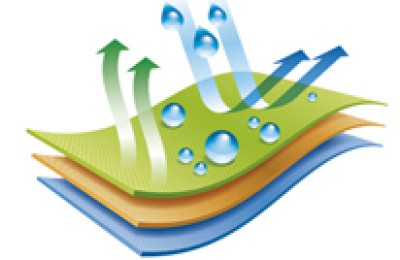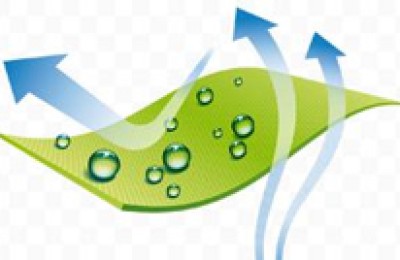How to conduct seedling checking, replenishing, thinning and setting of seedlings
After the cotton seedlings emerge, a row-by-row inspection should be carried out in time. If any missing seedlings are found, they should be transplanted as soon as possible to avoid transplanting too late, causing the large seedlings to overwhelm the small seedlings. At the same time, the transplanted cotton seedlings should occupy a large space. The method of replenishing seedlings is mainly determined by the age of field cotton seedlings. Generally, seedlings are transplanted before true leaves appear, and transplanted with soil after true leaves appear.
Transplanting seedlings has a high survival rate, slows down the seedlings, saves labor and is fast.
When transplanting seedlings, you should pay attention to the following points: First, the seedlings should be raised lightly and the roots should be less damaged. The cotton seedlings can be placed in a basin or bucket filled with water. Second, the selected seedlings should be small, strong, and disease-free.
It is best to transplant the seedlings when they are within 7 days and have not yet grown lateral roots. The third is to choose a sunny and temperate climate for transplanting. The best ground temperature is 18-25℃. Fourth, the nest should be small and have less water. Digging a nest that is too big and adding too much water will lower the ground temperature and affect the survival rate of the sprouts. Generally, dig a small nest 6 to 7 centimeters deep, put the seedlings in, add a little soil to stand the seedlings, add water, and when the water is almost done, cover it lightly with fine soil. Never press hard when covering with soil, otherwise the survival rate will be greatly reduced.
If the cotton seedlings are large, true leaves have appeared, and many lateral roots have grown, it will be difficult to survive when transplanted with sprouts, so the method of transplanting with soil should be adopted. The soil platform raised during transplanting should be as large as possible and should not be scattered. If the transplanting distance is not too far, you can also use a manual bowl to transplant. Specifically, use a bowl to punch the transplanting holes, then use the bowl to remove the cotton seedlings, and then put them into the transplanting holes. Do not water too much after transplanting to avoid affecting the ground temperature rise. Generally, each plant can be watered 0.5 kg. If the moisture is good, you don’t need to water. If the moisture is poor, you can water more. No matter which method is adopted, attention should be paid to timely cultivating and loosening the soil after transplanting to completely increase the ground temperature and reduce seedling diseases.
Timely thinning and stabilization of cotton seedlings after the cotton seedlings are planted is the key to achieving strong seedlings. Some people are worried that the seedlings will continue to die and have not dared to plant seedlings early. In fact, only early planting of seedlings can promote strong seedlings, thereby preventing diseased seedlings and reducing dead seedlings. If the seedlings are fixed too late, it will often cause the seedlings to be crowded, compete with each other for finish, water, and fat, and it is easy to form small seedlings, weak seedlings, and high-legged seedlings. , and many cotton seedlings are squeezed together, which increases the chance of bacterial infection and spread, and the phenomenon of “nests and strings” of dead seedlings often occurs. Generally, when sowing cotton fields on demand, the seedlings should be thinned out immediately after all the seedlings are gathered, leaving strong seedlings to remove weak seedlings, large seedlings to remove small seedlings, and healthy seedlings to remove disease and insect seedlings. Leave 2 to 3 seedlings in each hole until the cotton seedlings grow one true leaf. Dating the seedlings the previous time. In drill-seeded cotton fields, the seedlings are determined according to a predetermined spacing before and after a true leaf appears on the cotton seedlings, and the seedlings are selected to be uniform and strong. For saline-alkali waterlogged cotton fields, the time for setting seedlings should not be too late. Try to complete the seedlings before two true leaves appear on the cotton seedlings.
AAAEHRYJUTUTHYER
Disclaimer:
Disclaimer: Some of the texts, pictures, audios, and videos of some articles published on this site are from the Internet and do not represent the views of this site. The copyrights belong to the original authors. If you find that the information reproduced on this website infringes upon your rights, please contact us and we will change or delete it as soon as possible.
AA







